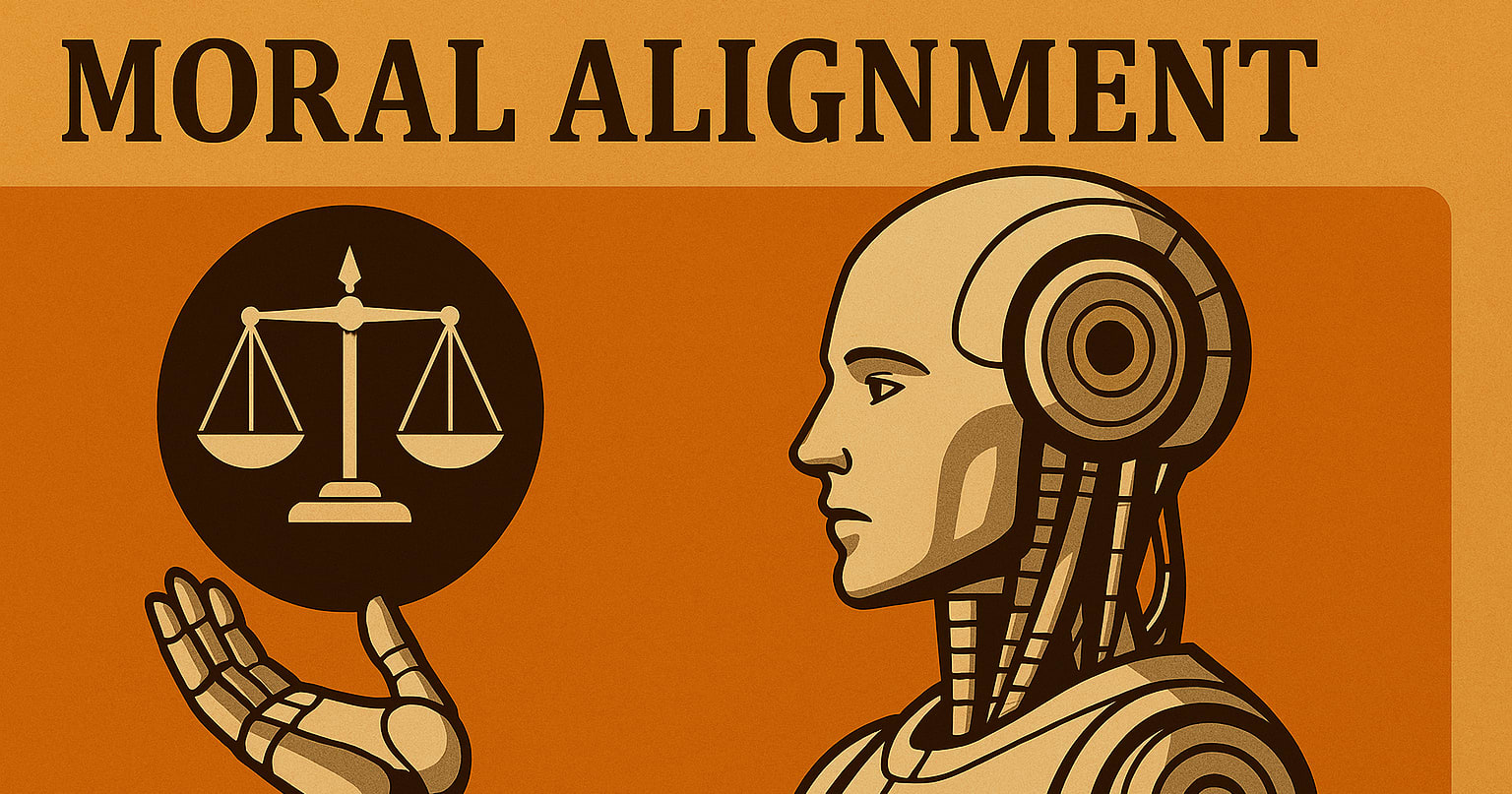Summary: It's a good idea to request books relevant to Effective Altruism to be placed into your library, particularly for university group organisers. Go and do it!
This is something I've done at my university library, as well as with a local library, and think it's a pretty good thing for everyone to do.
Benefits
In order of importance:
- It usually does not take very much effort.
- It demonstrates trustworthiness of the book, generally.
- This can be especially true within a university context. The library is a key source of information for all university students, so books may seem more trustworthy.
- It's easier to recommend someone read a book that's inside of your university library.
- The library will provide more information about the book (e.g. ISBN, date, author etc.) that you can link to, for group organiser purposes.
Obvious:
- People can read those books for free.
- Once inside a library, there's the potential for many people to read it.
Process
There should be libraries in your local community and at universities that you may be attending. If you're not a member of your library, you can (and should) probably register for one.
Search for a book purchase request form at your library. It may be called something different, such as a resource suggestion form. If there's not a specific form for it, you can send an enquiry to the library to request a book.
Please ensure you include the book's title, author, and year/edition, as well as any other information requested by the library. If you're a university group organiser, it's likely helpful to note that you're with a university student group.
Note that Life You Can Save and 80,000 Hours are freely downloadable on those websites, so ensure you request for a physical copy for the library.
University groups
As your library may not buy more than one or two books, this probably won't replace having a stock of books within a university student group. This is especially true for some 'introductory' books such as Doing Good Better, The Precipice, and Scout Mindset, which are quite 'core' books and do not have free digital replacements.
In practice
The books that I've requested and that are (being) placed by Macquarie University (MQ) library are: 80,000 hours; The Precipice; The Scout Mindset; The Alignment Problem; Algorithms To Live By; Superintelligence; Oxford Handbook of Thinking and Reasoning; What We Owe The Future.
Here's an EA MQ reading list that includes links to the MQ library, made in Canva (two sided A4 flyer), that you can view here. If you'd like to use this as a template, you can do that here. I used book suggestions from a few places, including my general knowledge, my fellow organisers, and Forum posts about GoodReads lists, Information Design, and Biosecurity.




It may be additionally possible to suggest featuring a book / putting it in public display for discovery.
In my case (libraries in Québec) I was initially surprised at how libraries were receptive (likely to purchase) to book suggestions.